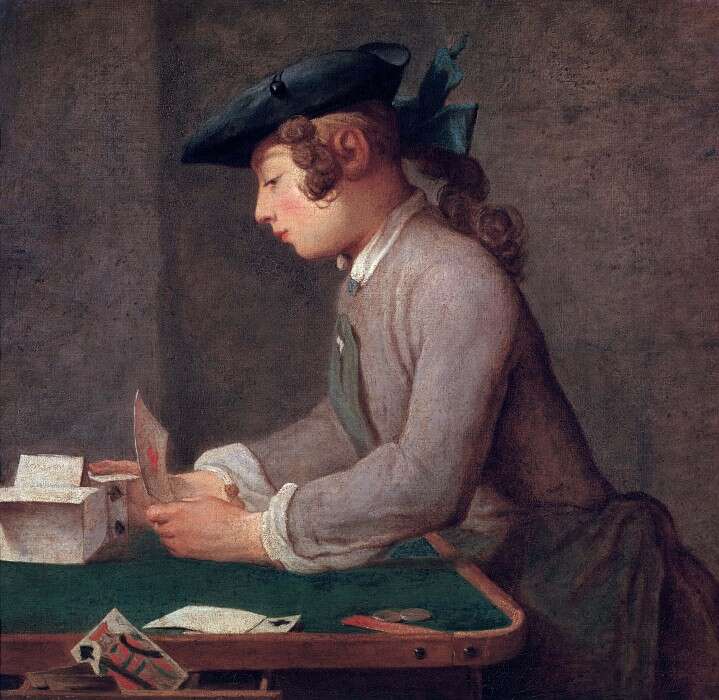
The gaping chasm between what one might loosely term as reality and what one might even more loosely term as commercial reality tends to fall into starkest focus during en primeur week, which is now upon us. During the day, the Bordelais, suave, multi-lingual and self-confident, present their wines to visitors from around the world, over 5,000 this year, and everyone smiles and intones that, yes, well, it may not have the warmth and power of the ‘22, but it more than makes up for it in sheer elegance, pedigree, finesse, and a raft of other descriptions, seldom less than complimentary.
At night the visitors sleep, (most of them) well-fed and well-watered. The Bordelais, this week at any rate, sleep little, as they are busy consulting local weather stations to assess whether or not the frost will be visited upon them. It may well have been 29°C (84°F) here ten days ago, but now the nighttime temperature is getting perilously low. When it gets to close to zero, a ramshackle armory of prevention is brought to bear. This usually happens at about three o’clock in the morning. At three-thirty this morning (April 23) I looked out of my window at La Tour Figeac to be greeted by a near apocalyptic scene of fires across the landscape. If it wasn’t Hieronymus Bosch, then it was René Magritte with bizarre paint pot candles, placed symmetrically alongside the vines at a gap of 6m (20ft) or so, all having to be lit by hand; apocalypse ceding briefly to the calm serenity of candle-lit vigils.
A somewhat secular stark serenity. And if not Bosch or Magritte, then it might be the bizarre giant wind machines, HG Wells perhaps, activated to circulate the air and to avoid frost pockets. The one nearest to me must be 8m (25ft) tall, and is called, somewhat crudely, “Tow and Blow.” These methods (others too) are of mixed efficacy, but at least their use betrays an effort and maybe even self-belief in the face of an increasingly temperamental natural order. Some of the lucky Bordelais get to partake in both the day- and nighttime activities rehearsed above. Benjamin, at Angélus, for example, was leading a tasting for thirsty British journalists on Monday, only to let it slip that he was a little tired because he had been up all night, fighting the frost.
En primeur: The real challenge
The frost is in abeyance, it seems. The real challenge, maybe, resides elsewhere; in a commercial inevitability which has built up over years of hubris and apparent indifference. The en primeur model, in short, is at risk. In grave danger. Moribund. Or, as many have written, in need of drastic surgery to its body politic. It may seem odd that the very same people who are so rigorous, so punctilious in their attempts to defy the natural world are, seemingly, less concerned when the very essence of their commercial flagship appears to have been holed beneath its waterline. By what? Greed? Schadenfreude? Economic myopia? Maybe a little of all the above. Most likely a sense of inertia, a willingness to let things run and run, in the hope that they will auto correct. We can’t challenge nature, not really, but surely we can control the mechanic of the market place?
One would have thought so. The reality is less impressive. Over the last few years the en primeur market has been challenged on many levels: The apparent scarcity of its stock negated by overstocks in the warehouses of the quai; its sometimes declining resale value on the secondary market; the correlation between quality of the product and its putative price and the implosion of a system which relies on intermediaries (in this case the négociants) to take on the greatest financial risk.
Today, with the cost of capital higher than for over a decade, with high inflation, with global geopolitical insecurity, with a fragile Asian market and with négociants in open revolt, it seems that the edifice may well tumble down. I think of Chardin’s painting, The House of Cards, in the Louvre. Bordeaux is holding its breath and waiting for the first prices to be announced. Will there be market correction (as with the 2019 en primeur campaign during Covid or the 2008 after the financial crash; the first initiated by Cheval Blanc and the second by the First Growths). Will the prices come down enough to appease the market? Is this vintage, stylistically inclined (ironically) towards austerity or at the very least temperate classicism, to be deemed “good” enough even for a significant (ie 25% plus) drop in prices? How on earth can something be “good” enough to merit a 25% dip in price. The cards are starting to fall.
At least one thing is clear: The châteaux are planning an early campaign and have taken the unprecedented step of announcing exactly when they plan to declare their hand. It seems that Léoville Las Cases and Pontet Canet have volunteered (or been volunteered) to test the waters, this as early as next week—that is to say almost immediately after the 5,000 visitors have gone home.
And then, the following week, we will have even bigger guns, firstly all the Lafite properties and then all of those affiliated to Mouton Rothschild. By the end of the first week in May, therefore, all will be clear and the success (or otherwise) of en primeur ‘23 will have been decided. What will they do? Will it work? Hard to say. If one is prepared to get up at three o’clock in the morning to light a few candles in a desolate vineyard, one must surely be prepared to indulge in some long overdue commercial recalibration. Here’s hoping.
Bordeaux 2023 Field notes: Out of sorts?
Bordeaux 2023 Field notes: Château La Tour Figeac—La Chartreuse de St-Emilion






